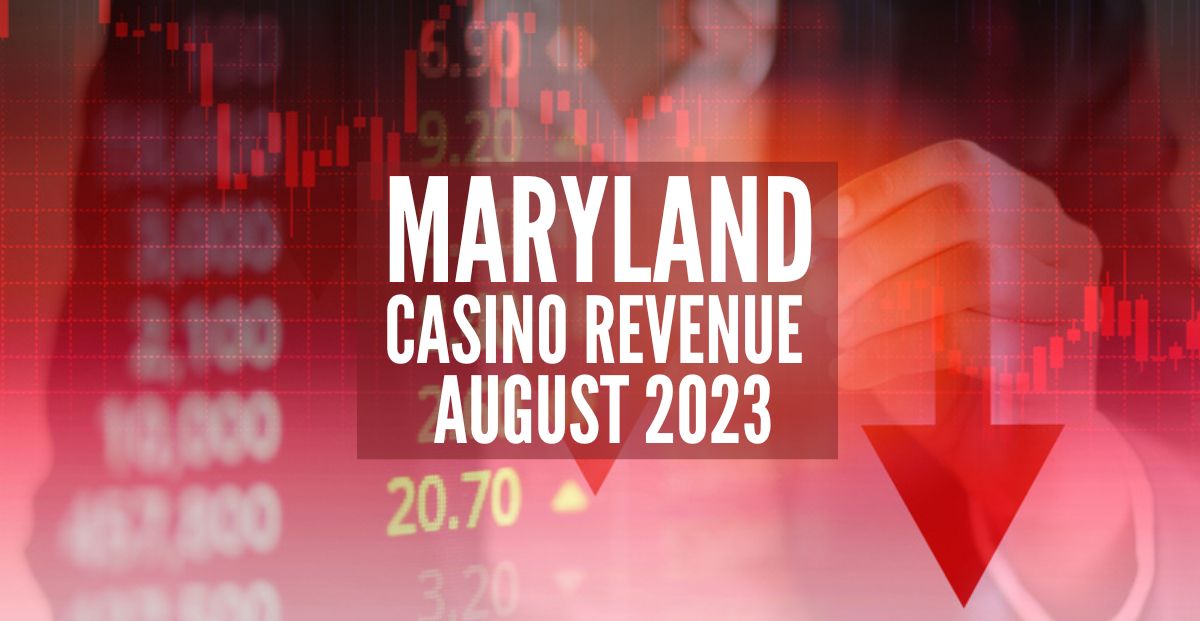Maryland Casino Revenue Declines by 7.3% in August, Reaching $161.3M
Maryland Casino Revenue Declines by 7.3% in August, Reaching $161.3M
In a surprising turn of events, Maryland’s casino revenue experienced a significant decline of 7.3% in August, reaching a total of $161.3 million. This decline comes as a shock to industry experts and raises concerns about the future of the state’s gambling industry.
Maryland has been known for its thriving casino industry, with several large-scale resorts attracting both locals and tourists alike. However, the recent decline in revenue suggests that the industry may be facing some challenges that need to be addressed.
One possible reason for the decline in casino revenue is the ongoing COVID-19 pandemic. The virus has had a significant impact on the tourism and hospitality sectors, with many people opting to stay home rather than visit crowded places like casinos. This decrease in footfall has undoubtedly affected the overall revenue generated by the casinos.
Another factor that may have contributed to the decline is the increasing competition from neighboring states. Maryland’s casino industry has faced stiff competition from casinos in Pennsylvania, West Virginia, and Delaware. With more options available to gamblers, it is possible that some Maryland residents are choosing to visit casinos in other states, leading to a decline in revenue for Maryland casinos.
Furthermore, the decline in revenue could also be attributed to changing consumer preferences. The rise of online gambling platforms and mobile betting apps has provided gamblers with convenient alternatives to traditional brick-and-mortar casinos. This shift in consumer behavior may have impacted the revenue generated by physical casinos.
It is worth noting that while overall revenue declined, some individual casinos in Maryland actually experienced growth during the same period. For example, MGM National Harbor reported a 2.5% increase in revenue compared to August of the previous year. This suggests that the decline is not uniform across all casinos and that certain factors may be influencing specific establishments differently.
To combat this decline in revenue, Maryland’s casino industry may need to adapt and innovate. One possible solution could be to invest in online gambling platforms and mobile apps to attract a wider audience. By offering convenient and accessible options for gambling, casinos can tap into the growing market of online gamblers.
Additionally, casinos could focus on enhancing the overall experience for visitors by offering a wide range of entertainment options beyond gambling. This could include hosting live shows, concerts, and sporting events to attract a diverse crowd.
Furthermore, marketing efforts could be intensified to promote Maryland’s casinos as premier destinations for entertainment and leisure. By highlighting the unique features and attractions of each casino, the industry can differentiate itself from neighboring states and entice visitors to choose Maryland as their gambling destination.
In conclusion, the decline in Maryland’s casino revenue by 7.3% in August, reaching $161.3 million, raises concerns about the future of the state’s gambling industry. Factors such as the ongoing COVID-19 pandemic, increased competition from neighboring states, and changing consumer preferences may have contributed to this decline. To counteract this trend, Maryland’s casino industry should consider investing in online gambling platforms, enhancing the overall visitor experience, and intensifying marketing efforts. By adapting and innovating, the industry can regain its momentum and continue to thrive in the face of challenges.
